In the Netherlands, the Ministry of Education, Culture and Science together with the Ministry of Economic Affairs developed policy in order to stimulate creative industries. These two Ministries represent the two sides of the same coin in relation to the discussion about culture and economy. On the one hand cultural entrepreneurs and artists should be able to work in an autonomous manner; on the other hand, interaction and taking customer perspectives into account help a lot in realizing business out of new creations.
The challenge is to bridge the different worlds of ‘culture’ and ‘economy’ in such a way that they strengthen each other. Collaboration in cross-overs could be a way in bringing culture and economy together. Creative industries already contribute 2-3% of the Dutch GNP. At the same time, in an indirect way, creative industries have a far larger impact on the GNP via cross-overs to other economic and societal domains. The following project examples in the Netherlands illustrate the added value of creative industries to other sectors.
Enabling elderly people at home: re-designing home situations in order to enable people with dementia to function at home as long as possible. How to design home or care environments for elderly people? What role can media and ICT (e-health) play in optimizing the home situation without being too obtrusive and taking privacy matters into account. Especially people with a degenerative disease function best in their well-known home environment where they feel happy and intuitively or automatically know their way. By moving to another care situation they can really get ‘lost’. Next to the societal aim of enabling people at home, there is an economic benefit in cost reduction for care environments.
Developing a ‘customer journey’ at airports: airports do not always know an efficient throughput of travellers. Travellers often lose a lot of time from their arrival at the airport to departure: entering the airplane itself. How can travellers be guided in a more adaptive, pleasant and efficient way? By starting with the traveller in mind, a ‘customer journey’ can be developed. This does not only result in happy travellers, but also minimizes costs of delays both for airports as well as travellers.
Towards sustainable driving behaviour: applying gamification concepts for truck drivers in order to stimulate more sustainable driving behaviour and save fuel costs. How can gamification methods support and stimulate truck drivers to change their driving behaviour? Therefore, first the motivation of the drivers (users) should be investigated in order to be able to develop an application, based on gamification principles, that really works. First pilot studies showed that by adding elements of competition and bonuses, behaviour could be modified, as well as fuel costs be reduced, on a sustainable basis.
It proves to be challenging to find strong evidence and especially quantitative support about the precise added value from creatives to other sectors. This starts with creating awareness in other sectors about the relevance and potential that creative industries can add.
Creative industries should prove their added value again and again for their customers. Experimentation with new business models is part of this journey. Governments should support the development of cross-overs as creative industries are an important driver for future innovation.
This post was contributed to our blog by FRITS GROTENHUIS


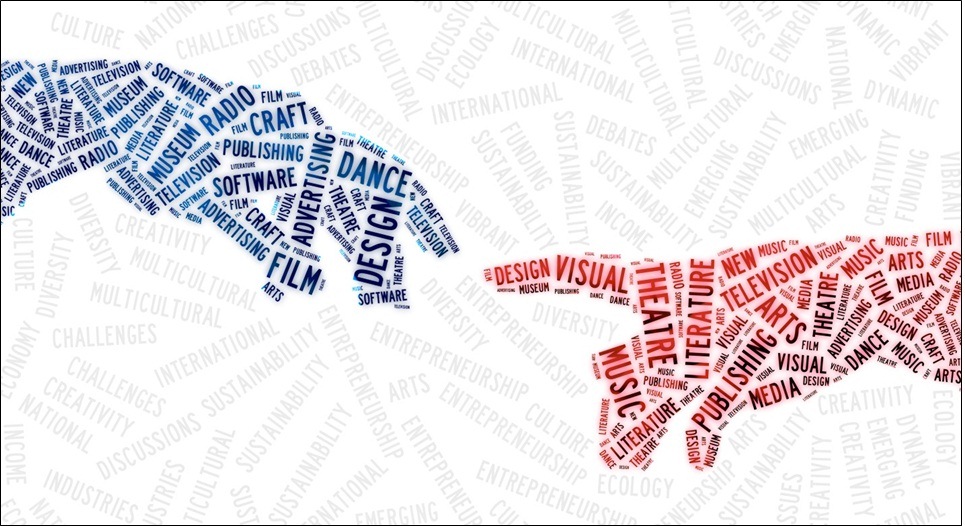
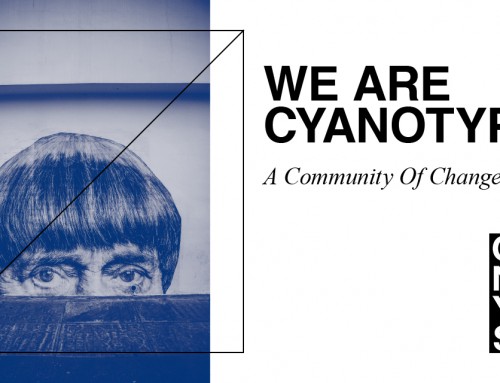
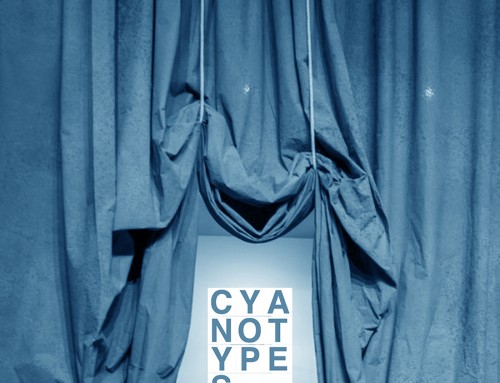
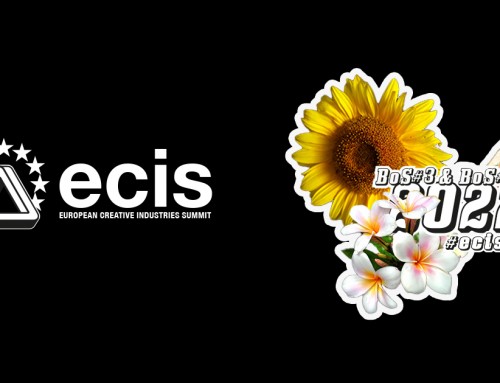
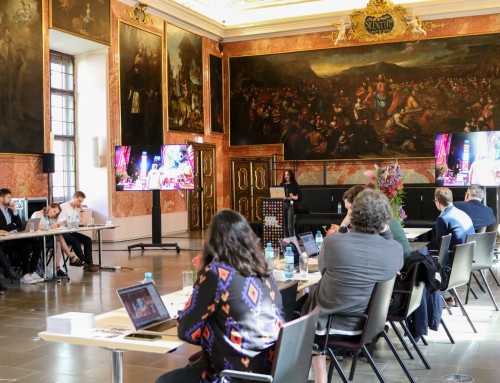
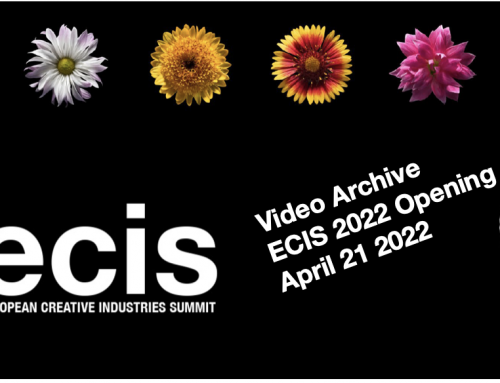
Leave A Comment